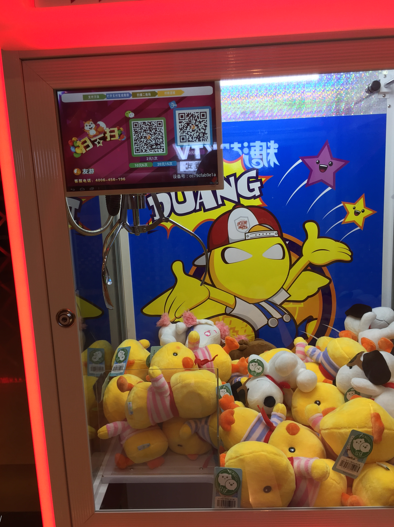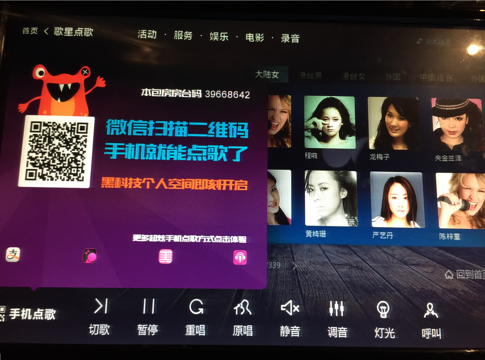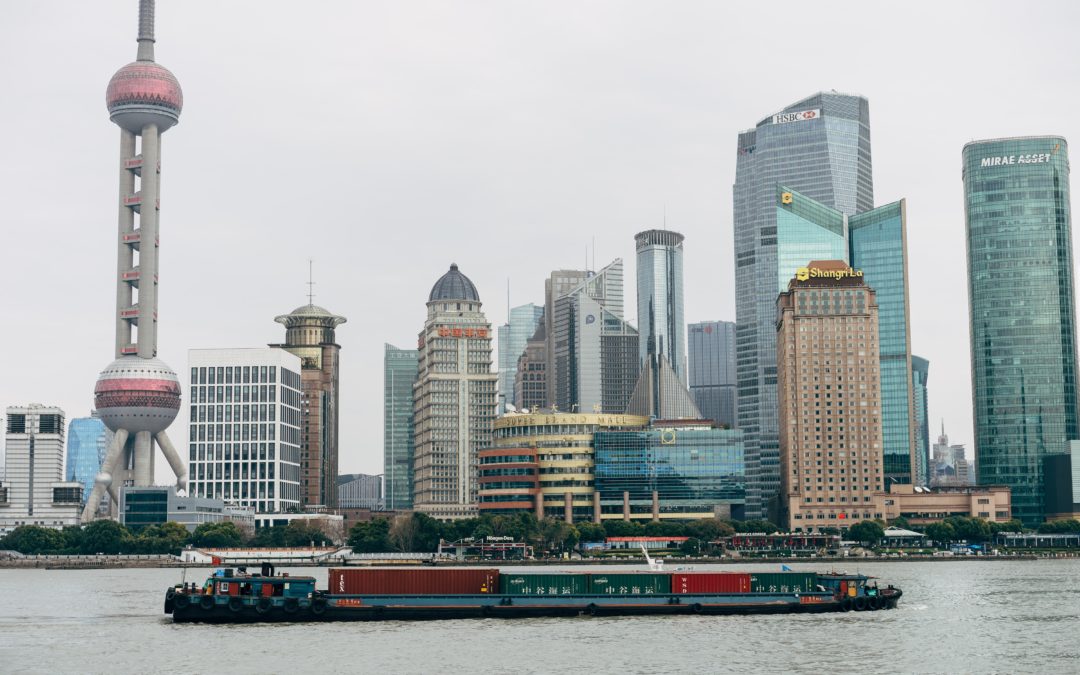When we think about how we can use our online stores and advertising to aid brick and mortar shops, we often think about email collection and “click to pick-up”, but so much more can be done. Online to offline (O2O) is a strategy that does just what you may think – it uses online technology to drive and enhance offline business.
Online sales are really only half the story when it comes to sales, e-commerce now accounts for hundreds of billions of dollars, but the digital influence on offline purchases is within the multi-trillion worldwide. BazaarVoice claims that every dollar of online revenue influenced by reviews can translate to four or five dollars offline. Nearly 78% of shoppers research their intended purchases before they even go to a store, one in four pull out their phone while at the store to do research (I am one of them).
The mobile and technology revolution has evolved to become a regular part of everyday shopping for many people and should be leveraged accordingly. More and more companies are going online making it harder for many companies to stand out, or even to be seen at all. Savvy retailers are getting noticed through and innovative means.
Don’t want to sell your products in a physical shop? That’s okay, you can still be successful offline. Bonobos, a men’s clothing retailer, has 30 locations across the US that operate as “guide shops”. Instead of walking in and browsing you make a 1-on-1 meeting with a guide who helps you get fitted, find the right look and place your order. Your custom-fitted clothes are then delivered to your doorstep.
Your offline store does not need to be a retail shop; it can be an experience. Frank & Oak, a Canadian online menswear start-up, has several storefronts where you can have a coffee, get your hair cut and walk out in a new outfit.
Okay, so not every company can realistically go cashier-free, product free or have a coffee shop in-store. What can you do then? Start with utilizing technology.
Online to Offline Technology Use & China
Before we look at China let’s look at Tesco, a British international grocer and general retailer. Tesco is known for their innovation within their stores, making shopping easier and making jobs easier. Over the years they have implemented electronic shelf tags, QR codes for recipes and product information, augmented reality for posters, self-scanning checkouts, and more – all of which are O2O.
But Tesco is only scratching the surface compared to how China uses technology for online to offline commerce.
China is one of the world’s leaders in the O2O space. This is mainly due to them having over 555 million mobile users and their eagerness for new technology. For example, though the west has often scoffed at QR codes China (and Asia in general) has embraced them, even embedding them into WeChat (a cross-platform instant messenger). Additionally, their government policy that encourages innovation and leadership in this area has led to several creative uses for online technology.
But why has this not led to an offline to online space? According to Epsilon, 72% of Chinese customers interact with brands online throughout the day, but 40% prefer to interact in-store. This means that online is a point of contact and engagement while offline. Great offline service builds the relationship and online help strengthen it, resulting in the O2O space in China growing from $335 million in 2015 to an expected $626 million by 2018 (according to iResearch).
QR Codes & Mobile Payment
While the west passed on the QR trend, China embraced it and integrated it into everything they do, to the point where China is two years ahead of the world for QR codes.
QR codes can be seen everywhere within major Chinese cities. They’re used to connect customers to online stores, promotions, and social media accounts, and are even used as a method of payment or way to transfer money to other people. QR codes are also commonly used to help users install apps, log in to websites, connect to Wi-Fi networks, hotspots and more. Companies can use them for product identification, tracking, warehouse/backroom pulls, and more. But QR code use does not end there, some businesses and restaurants use them to be purely automated from selection to payment.
QR codes are so widely used and part of everyday life that they can act as the foundation for entire campaigns.


Augmented Reality
Putting Pokémon Go aside, augmented reality is becoming a very popular method for entertainment and communication. In China, AR is still in an experimental stage but popular enough that Baidu (China’s largest search engine) is planning to expand into it. DuSee is their AR platform that allows users to interact with flat images as 3D graphics. This is first being used by advertisers to allow customers to interact with their products.
AR technology has gained so much interest that there is a VR and AR theme park in the works. This $600 million Outer-Space themed park is a partnership between Theme-park ride maker Dynamic Attractions and China-based technology company Altair Space Technologies. This six ride amusement park is to be built in Hangzhou, the capital city of China’s Zhejiang province, and have 3 rides that incorporate VR or AR technology similar to Niantic’s Pokémon Go.
Even Astronaut China and Card Emotion teamed up to create a campaign for VW’s exhibit at CES Asia 2015 using AR as the communicator.
Direct Messaging/ Voice-based Messaging
Live chat is nothing new, many sites offer it but what about text-based Customer Service? Software providers like Ronglian Yuntongxun allow brands to interact with customers through voice base messaging, allowing a company to create and strengthen a customer’s relationship from anywhere.
Direct Booking/ Ordering
O2O is not just about connecting to customers offline but also about convenience. May stores offer mobile ordering and local delivery, like Dmall (convenience store), whose stores act as inventory warehouses, allowing customers to shop through their phone and receive delivery of their purchase within the hour (within a 2km radius of the store).
But it’s not just ordering that is being done. Daimler (a car rental and sharing program) allows users to browse available cars with their app, rent them and also unlock them using their smartphone. Dianping app allows users to browse restaurants and make bookings.
Mobile Payments
Using QR codes or sound wave technologies, Chinese customers can use their phones as their credit and debit cards. With just a tap of their phone, they can transfer money, purchase goods, or pay bills with Quick Pass, WeChat Payment, Alipay Wallet App, and more.
Online to offline (O2O) includes a wide range of services, including on-demand services, deal sites, click-and-collect services, online sale aids and communication tools. Where in the US, Canada, and UK this is often limited to click-and-collect and deal sites, there are many innovative ways O2O can be used. In China, it is integrated into everyday life from transportation to eating and shopping.
North America could learn a lot from Asia when it comes to O2O, and how it’s used to integrate technologies and companies into our everyday life. Personally, I like the Alipay App idea. What would you like to see used here?
This post was originally published by the author on LinkedIn.

